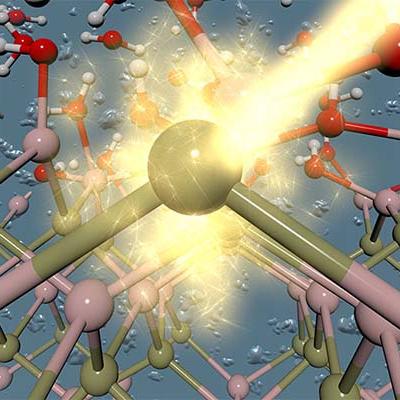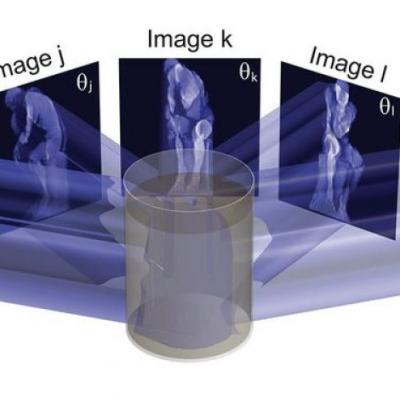LLNL has developed a system and method that accomplishes volumetric fabrication by applying computed tomography (CT) techniques in reverse, fabricating structures by exposing a photopolymer resin volume from multiple angles, updating the light field at each angle. The necessary light fields are spatially and/or temporally multiplexed, such that their summed energy dose in a target resin volume…
Keywords
- Show all (88)
- Additive Manufacturing (37)
- Synthesis and Processing (16)
- 3D Printing (7)
- Materials for Energy Products (6)
- Material Design (4)
- Manufacturing Improvements (3)
- Manufacturing Automation (2)
- Membranes (2)
- Additively Manufactured (AM) Optics (1)
- Electric Grid (1)
- Magnet Compositions (1)
- Manufacturing Simulation (1)
- Material Characterization (1)
- Microfabrication (1)
- Precision Engineering (1)
- Sensors (1)
- Structural Materials (1)
- (-) Instrumentation (1)
- (-) Volumetric Additive Manufacturing (1)
Image

Dubbed the "LLNL Chemical Prism", the LLNL system has use wherever there is a need to separate components of a fluid. A few examples include:
- Chemical detection for known and previously unknown chemicals or substances
- Separation of biomolecules from a cellular extract
- Fractionation of a complex mixture of hydrocarbons
- Forensic analysis of…

